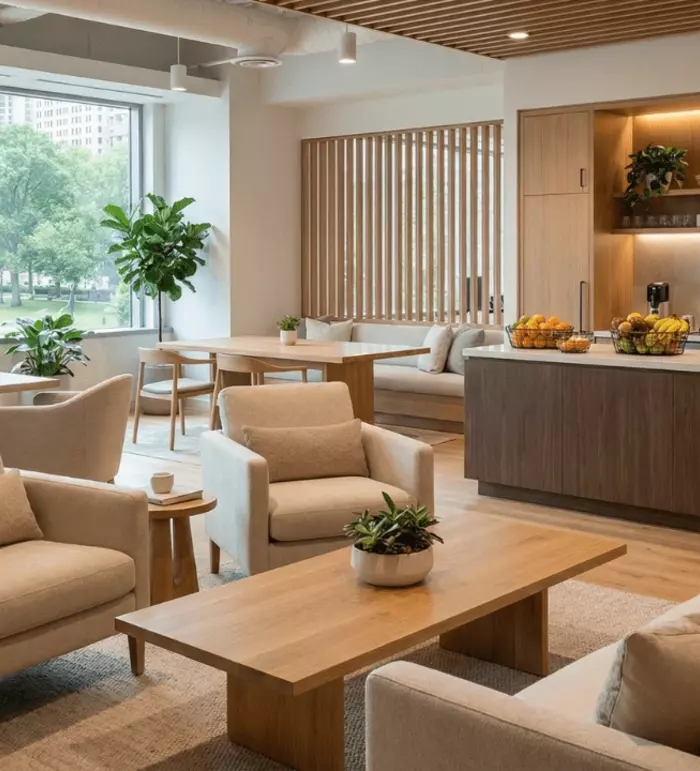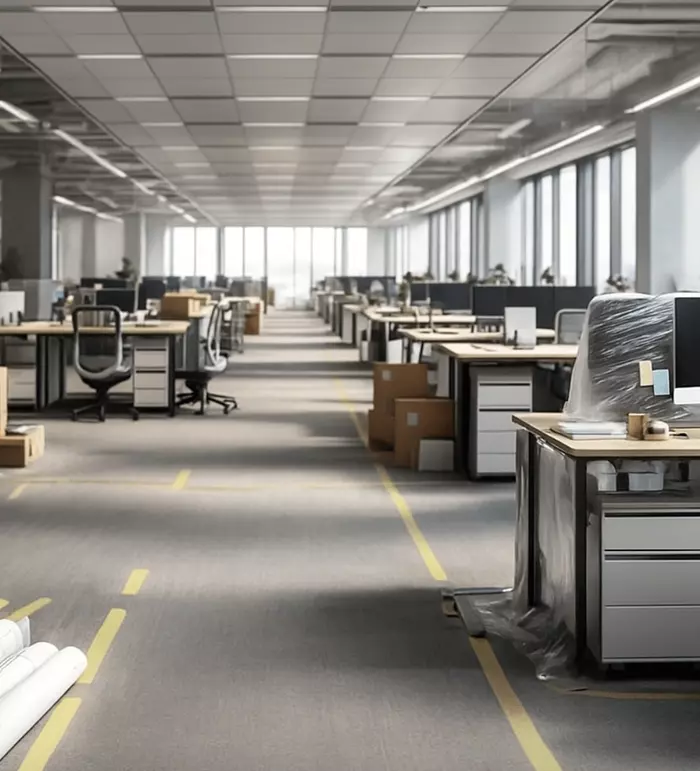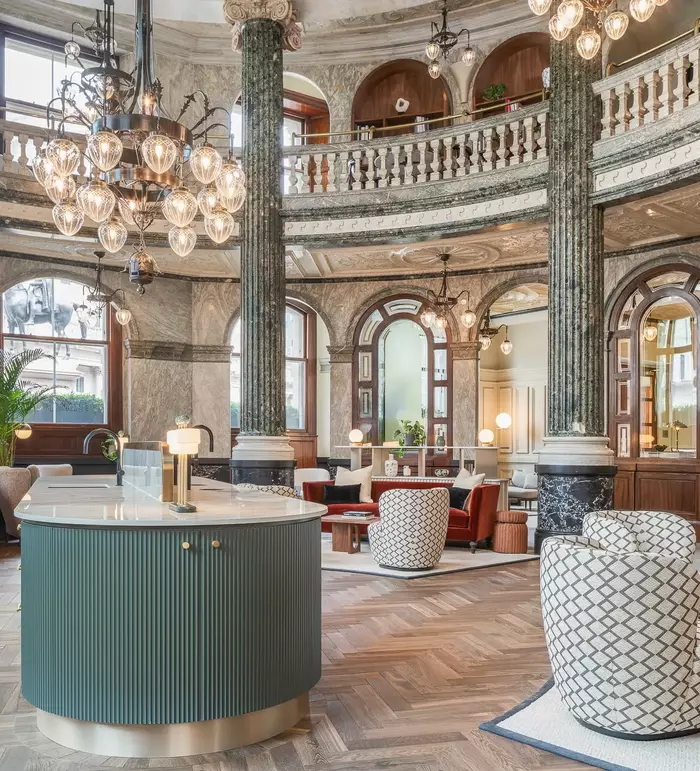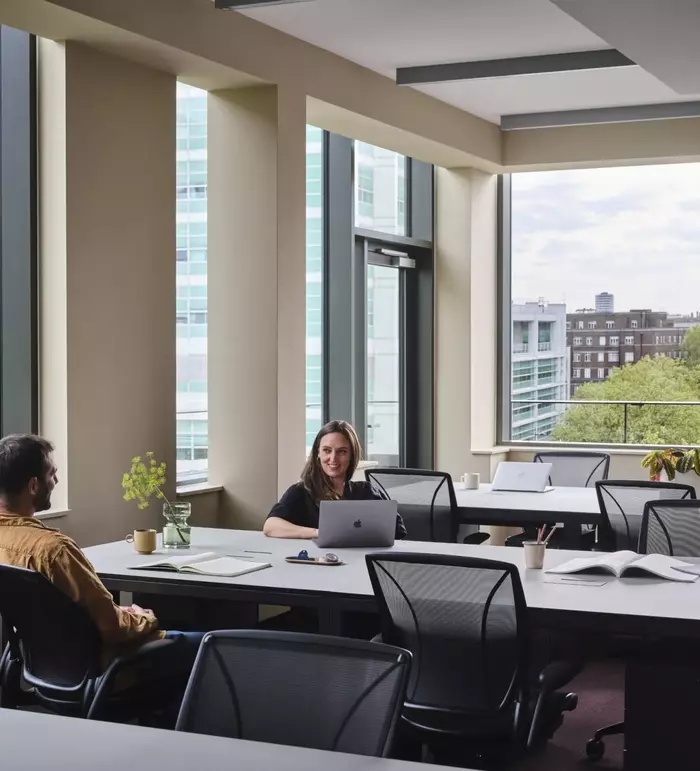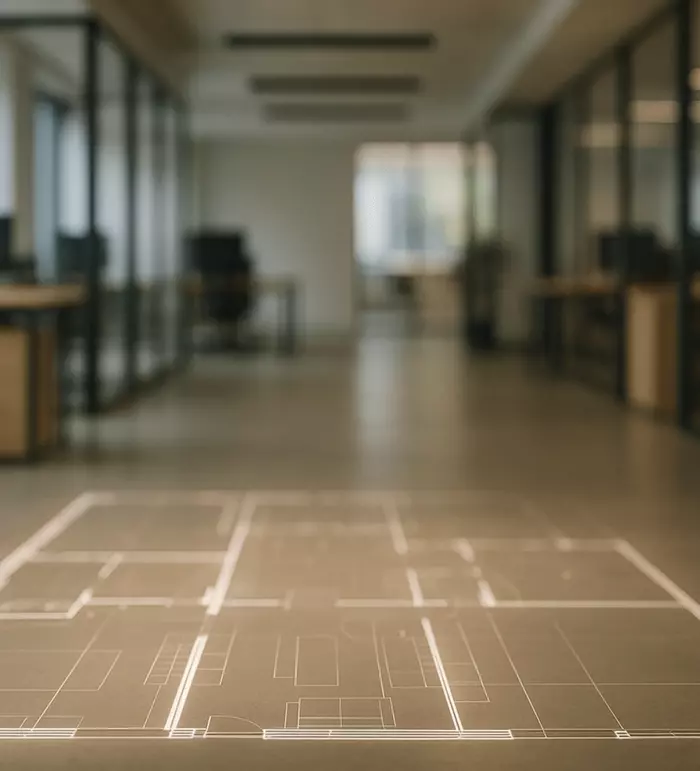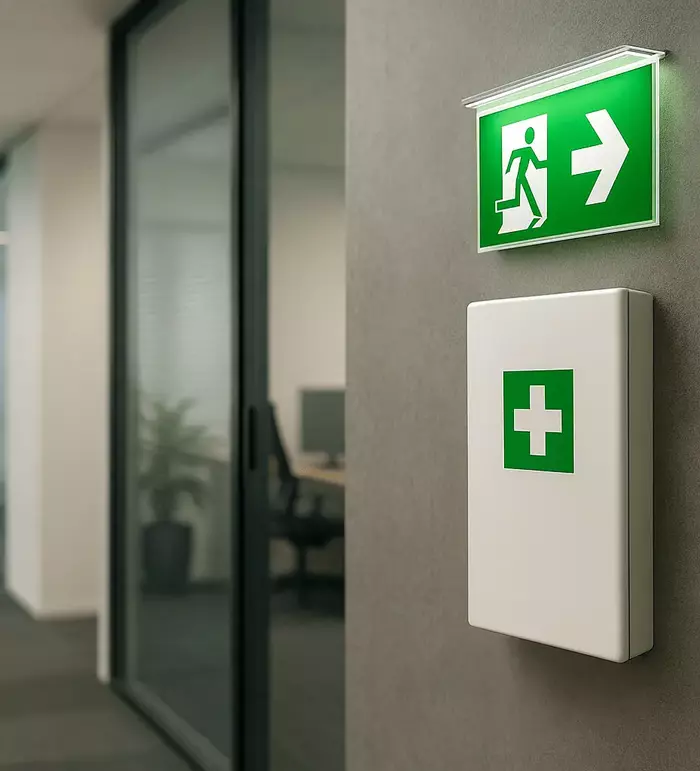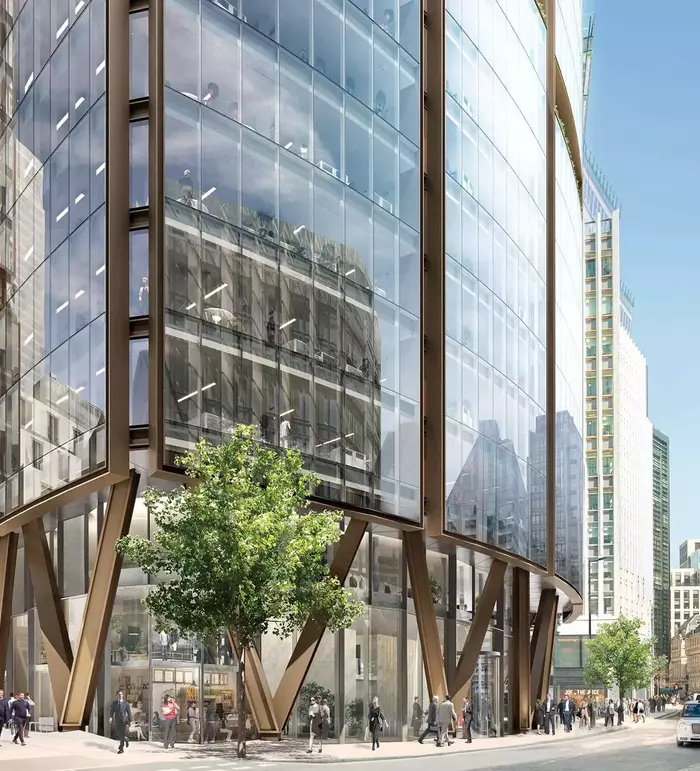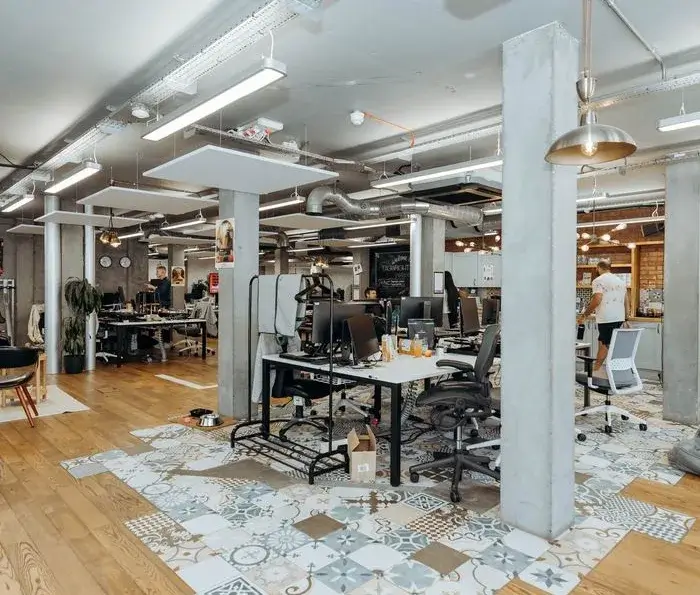COVID-19 has changed everything about the way we work. That’s why we want to offer you a ‘How to’ give your workplace a healthcheck. In part one, we break down three crucial factors that impact staff health and productivity: light, air, and ergonomics (innovative furniture). Part two will cover noise, layout, and social distancing.
74% of businesses we have surveyed across 13 industry sectors have been significantly impacted as a result of COVID-19, with 33% saying that the most useful information they can have right now is ‘How can I ensure my people remain happy, healthy and safe?’
The way we are viewing the office has changed as a direct result of COVID-19. It’s no longer simply four walls and a desk - the offices that thrive in future will be those that value their employees’ safety and productivity.

Healthcare consultancy, HIC, found a 25% difference in the productivity reported by ‘comfortable’ and ‘uncomfortable’ staff.
HIC reported that in the UK alone, 40 million days a year are lost through absenteeism (the consistent absence without good reason from work by employees), and presenteeism (when individuals poorly perform even when present at work).
But what do they mean by ‘comfortable and uncomfortable,’ and ‘hygiene’ factors?
How does your current workplace measure up to be a productive work environment?
Let’s break down the different elements of the workplace that constitute it as comfortable, hygienic and as a result, more productive:
1. Natural light is crucial to reducing absenteeism in the workplace
Dr Alan Hedge from Cornell University’s Department of Design and Environment Analysis, confirmed the benefits of natural light in the office. They included:
Hedge’s findings are further supported by Real Estate Design and Developer, Stok’s report: The Financial Case for High Performance Buildings. They outline how high quality workplace could reduce absenteeism by 4 days annually:

“When connected to the environment through generous amounts of daylight and natural materials, and more comfortable due to improved ventilation, thermal systems, and ability to control their environments, employees can realize a reduction in absenteeism through improved health and wellness."
Decent ventilation and air quality are key criteria in the recipe for a comfortable workplace.
2. Office managers and facilities’ heads must implement a healthy ventilation strategy:
Studies as early as the 90’s detail the impact poor air quality at work has on employees.
H. Hall et Al’s famous study, ‘Influence of Building-Related Symptoms on Self-Reported Productivity’ identified that 3% of workers left early and 8% were unable to work due to insufficient air in the workplace.
Even though this study was completed a while back, its findings revealed huge workplace insights that still have implications for the productivity of the workplace today. It has been found that:
Extreme temperature can reduce typing speeds by 46%.
In 2019, View’s report outlines that only one in three workers felt their workplace had an ideal working temperature.
Employees have rated temperature and air quality four times more important than luxury work perks such as a gym.
50% of people surveyed found that poor air quality makes them sleepy throughout the day.
Experts have recommended the following:
Cold and dry air is distributed throughout buildings in conventional air-based cooling systems. But ventilation should do more than distribute it, it should dilute and remove warm, humid air.
Operating the two together is an inefficient use of energy and makes indoor climate control hard to adjust.
HSE adds that where rigorous physical excessive work is undertaken, the minimum can be as low as 13℃.
Ensure there is free-air movement through the office and ensure smoking areas are in place at a reasonable distance from the workstation.
3. Simple ergonomic equipment and interventions can make all the difference to your employees.

Office search experts Flexioffices conducted a survey of 2000 UK workers last year and found that only 12% of workplaces offer health checks. Only 10.5% of offices offer gym access and less than 4% encourage physical activities at work such as yoga.
But it isn’t just luxe and lavish perks that can assist employees physical wellbeing at work.
Very simple but effective measures such as the following can improve their workplace wellbeing:
Adjustable ergonomic chairs,
Wrist-rests
Adjustable keyboard supports
Screen-levelers to keep screens at eye height
These simple additions to your office set-up have, according to View’s Report increased productivity by 10%, reduced minor cumulative injuries, and increased computer-based data entry and editing by 23%.
4. How is your company culture transmitting into the physical space at work?
Are your colleagues/ employees using the ventilation, lighting and ergonomic features of your office in all their glory?
If the answer is no, it might be time to ask yourself why?
Michael Dubicki at Flexioffices points out it’s important to observe what you can observe when health-checking your workplace:
“Can you see another member of staff? Do you greet each-other?”
In the wake of the pandemic, it is important more than ever that your staff feel comfortable and safe in the office. Social interaction and an environment that puts their health front and centre is one that most powerfully will transmit your company culture. In our humble opinion, anyway.
How did your workplace fare in the healthcheck?
Does your workplace tick all of the boxes when it comes to ventilation, air, noise and spatial initiatives at work?
If so, great job!
And if not, no problem. Many of these things are easily rectifiable. And implementing them will make a big difference to the productivity and engagement levels at work.
An article published by MIT School of Management commented,
“If companies can enhance knowledge worker productivity in this century anywhere near as much as they did with manual labour in the last one, the payoffs will be astronomical.”
Your office’s health and safety is, in the current climate, more crucial than ever. For your business, but most importantly, for your people. Check out part two here.
Still unsure where your workplace measures up?
Feel free to get in touch with one of our Office experts, we’d be happy to help.
